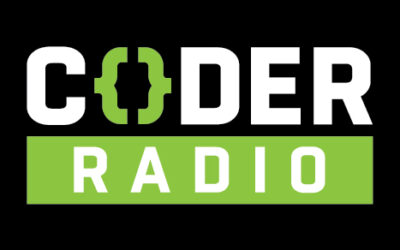In my previous post, we explored the first step of the ETL (Extract, Transform, Load) process—Extraction. Today, we move on to the heart of ETL: Transformation. Turns out your legacy data is really value in disguise. This step is all about turning raw, extracted data into a form that’s clean, insightful, and ready for analysis so it generates value for your organization. We’ll dive into three common transformation methods: Data Cleansing, Data Aggregation, and Data Conversion.
Data Cleansing: Purifying Your Data
No matter how sophisticated your extraction methods are, raw data often arrives messy, incomplete, or inconsistent. Data Cleansing is the first line of defense, ensuring that your data is accurate and reliable. This process involves:
- Removing Duplicates: Duplicate entries can skew results and waste storage space, so eliminating them is crucial.
- Correcting Errors: Common errors, like typos or incorrect formats, can disrupt downstream processes. Cleansing identifies and fixes these issues.
- Handling Missing Data: Missing values can be addressed by filling them with averages, defaults, or predictive algorithms, depending on the context.
- Standardizing Formats: Ensuring consistency in data formats (e.g., dates, addresses) makes further analysis more straightforward.
By cleaning your data, you lay the groundwork for more accurate insights, allowing you to trust the outputs of your analytics.
Data Aggregation: Summarizing for Meaning
Once your data is clean, the next step is often to condense it into a more usable form. Data Aggregation helps by summarizing large datasets into key metrics, making it easier to derive insights without getting lost in the noise. Here’s how aggregation works:
- Grouping Data: Combine data into groups based on specified criteria, such as sales by region or materials by project.
- Performing Calculations: Compute summary statistics like sums, averages, counts, or max/min values within each group.
- Rolling Up Data: Aggregation can also involve rolling up detailed data into higher-level summaries, like monthly totals from daily figures.
Aggregation helps reduce data complexity, allowing you to focus on the bigger picture, such as overall trends and patterns rather than individual data points.
Data Conversion: Shaping Data for Compatibility
Finally, Data Conversion is about changing the format or structure of your data to ensure it aligns with your analysis or storage requirements. This is a critical step when dealing with data from multiple sources, each with its own formats and types.
- Type Conversion: Common conversions include changing strings to dates, numbers to percentages, or booleans to binary values.
- Format Standardization: Ensures that data from different sources is unified, such as converting all measurements to metric units.
- Encoding Adjustments: Adjust data encodings (e.g., from UTF-8 to ASCII) to prevent compatibility issues in downstream systems.
Proper conversion makes your data compatible with various applications, databases, and analytical tools, ensuring seamless integration across platforms.
Wrapping Up
Data Cleansing, Aggregation, and Conversion are foundational to the ETL process, turning raw, unstructured data into actionable insights. By investing time and effort into these transformation methods, you can ensure that your data is not only accurate but also optimized for analysis, driving better decision-making across your organization. Stay tuned for the next installment, where we’ll dive into the final step: Loading. If you need some help with this kind of thing, reach out! and checkout Alice.







